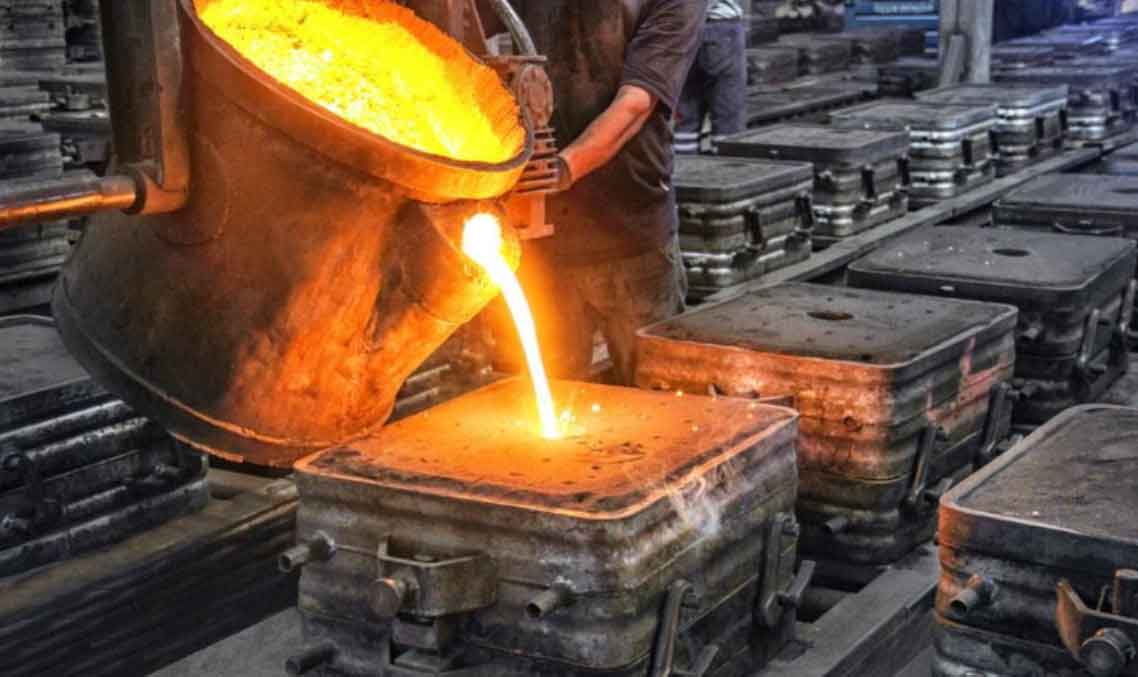
Quality assurance in sand casting is essential to ensure the consistency, precision, and overall quality of the castings produced. Foundries implement a range of techniques and processes to meet the required standards and customer specifications. Here are some key aspects of quality assurance in sand casting:
1. Design Validation and Optimization:
- Quality assurance begins with the validation and optimization of casting designs using advanced CAD software and simulation tools. This step helps identify potential issues, optimize gating and risering systems, and ensure the design is manufacturable.
2. Material Testing and Certification:
- Sand casting manufacturers conduct material testing to verify the properties of the metal alloys used in casting. Material certifications are obtained to ensure that the materials meet the specified requirements for strength, composition, and other relevant properties.
3. Process Control and Monitoring:
- Manufacturers implement process control and monitoring systems to ensure consistency during the casting process. Parameters such as pouring temperature, cooling rate, and mold preparation are closely monitored to achieve consistent results.
4. In-Process Inspection:
- Inspections are conducted at various stages of the casting process. Visual inspections, dimensional measurements, and non-destructive testing (NDT) methods like X-ray, ultrasound, or dye penetrant testing are used to identify defects and ensure casting integrity.
5. Metal Quality Control:
- The quality of the molten metal is critical for producing defect-free castings. Sand casting manufacturers use various techniques to monitor and control the quality of the metal during the melting process.
6. Post-Casting Inspection and Finishing:
- After casting, the components undergo inspection for defects, surface finish, and dimensional accuracy. Any imperfections or irregularities are addressed during the finishing process, which may include grinding, machining, or surface treatment.
7. Documentation and Traceability:
- Quality assurance involves maintaining detailed documentation of each casting, including material certifications, inspection reports, and process parameters. This ensures traceability and facilitates quality control audits.
8. Quality Certifications:
- Sand casting manufacturers may obtain quality certifications, such as ISO 9001, to demonstrate their adherence to industry standards and commitment to continuous improvement.
9. Continuous Improvement and Lean Manufacturing:
- Manufacturers continuously strive for improvement through the adoption of lean manufacturing principles and continuous improvement methodologies. Regular analysis of performance metrics helps identify opportunities for enhancement and waste reduction.
10. Customer Feedback and Satisfaction:
- Customer feedback is essential for quality assurance. Manufacturers actively seek customer input to ensure that their products meet the desired specifications and performance requirements.
By implementing these quality assurance measures, sand casting manufacturers can consistently produce high-quality, defect-free, and precise castings that meet customer expectations and industry standards. Quality assurance is an ongoing process, and manufacturers continuously work to improve their processes and maintain a reputation for excellence in sand casting.
